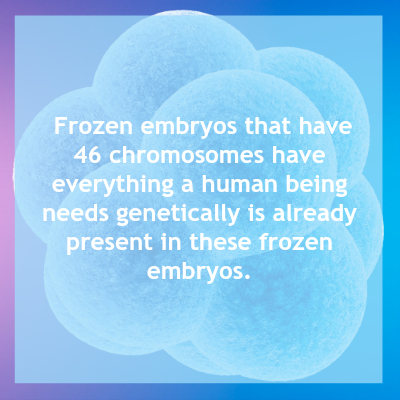If a celebrity couple separates, should the couple’s frozen embryos be destroyed or put up for adoption? That is the question surrounding the actress Sofia Vergara. She is best known for her role in the TV program Modern Family or for her furniture commercials. She is now in the spotlight over a bioethics issue.
She and her ex Nick Loeb have two frozen embryos that were created when they were still in a relationship. They aren’t in a relationship now, so Nick Loeb brought a lawsuit against Sofia Vergara because he doesn’t want the embryos destroyed. But she doesn’t want the frozen embryos implanted in her.
Some of this might be a publicity stunt since there is no evidence that Sofia Vergara wants to destroy the embryos. Her lawyer says she “never suggested that she wanted to have the embryos destroyed.” And there is a section in the contract that states that “unless otherwise directed by both of us in writing in person or by notarized letter, the Center shall continue to store the Cryopreserved Material for an indefinite period of time.”
This celebrity spat illustrates a larger issue. She does not want the baby. He (and perhaps she) doesn’t want the embryos destroyed. We need King Solomon to help resolve this moral impasse. Of course, I have already mentioned one possibility: embryo adoption. An infertile couple could adopt these frozen embryos and begin the adoption journey nine months earlier with pregnancy and childbirth.
This may be the only pro-life solution to this moral dilemma. We aren’t talking about frozen sperm or eggs (that have 23 chromosomes). We are talking about frozen embryos (that have 46 chromosomes). Everything a human being needs genetically is already present in these frozen embryos.
If you don’t like the moral dilemma and ethical circumstances surrounding these frozen embryos, you are not alone. That is why we need to think through the implications before we create embryos in the laboratory and then freeze them for future use. These frozen embryos are currently in legal and medical limbo.
 Listen Online
Listen Online Watch Online
Watch Online Find a Station in Your Area
Find a Station in Your Area












 Listen Now
Listen Now Watch Online
Watch Online
